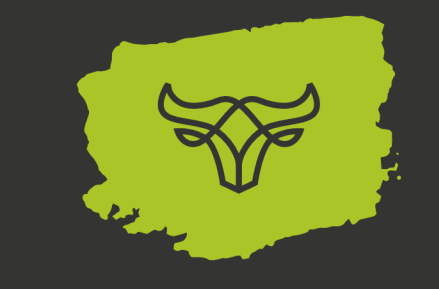Is Options Trading Gambling?
The difference between options trading and gambling is a fine line. Few of the data presented by popular news anchors look pretty scary. The screenshot below is from a report published by Anuj Singhal of CNBC-TV18 — source: twitter

This video talks in depth about the ratio of options turnover versus the underlying market cap. USA which has 44% of Mcap has a daily options turnover of 1394 billion USD — whereas India which just has a 3.3% Mcap has a derivative turnover of 3393 billion USD. This translates into humongous speculations in our country versus what is happening with the rest of the world.
We all know stock markets provide a platform for ordinary people to make money — they buy shares and then try to sell them for a profit. Options trading on the other hand is supposed to be a complicated, professional tool — but the people who are playing it are inexperienced, untrained, and under-skilled retail traders.
One of the reasons options trading has attracted a lot of crowds is because of the Finfluencers who promise easy money on social media. Similarly, a good portion of young professionally qualified people may be unemployed or have a low current income — they might be socially pressured to find an additional source of income.
Earlier on Indian stock market regulators, exchanges and brokers were providing intraday leverage to buy or sell any stocks and then square it off the same day. The profits or losses are cash settled. Brokers used to provide anywhere between 20 to 40 times the leverage to buy/sell.
Example: If you wish to buy 100 shares of HDFCBANK (CMP: 1600) you would require 100×1600 = 1.6 lakhs as cash balance (charges ignored). Earlier on you could have traded 100 shares with just Rs8000 in your account — the only condition being the stock has to be squared off intraday or convert it into an overnight position by adding funds.
This system is currently under threat as brokers are advised to reduce the leverage. Currently, most brokers provide only 5x leverage. What this has done is to nudge the retail trader from trading stocks to FnO. Options as you know give you leverage — HDFCBK ATM call option is trading at 16.5 rupees which means you can control 550 shares for just 16.5*550 = 8800 rupees. Now imagine you have Rs10000 in your account and wish to take a bullish position in HDFCBK — would you deploy it on 30 shares (5x) leverage versus 550 shares by buying the call option?
And with the introduction of the weekly indices expiry, more and more retail traders are queuing up to play this game. This could be the main reason why the speculation is so huge in India versus the developed world.
As per this article from Hindu Business Line source link — the derivative to cash volumes for just NSE is at 421x up from 237x last year. For Germany’s Deutsche Boerse, which is the closest in the metric, the ratio was 36x. Israel’s Tel-Aviv Stock Exchange and South Korea’s Korea Exchange were next with ratios of 16.6x and 12x, respectively.
With so much going around, it’s prudent to exercise caution and deploy your hard-earned money only after proper research. Again the sensible thing to do is get the right kind of education and not be swayed away by the unusual P/L screenshots posted by others on social media. Take your own sweet time and learn it right — the markets are not going to go anywhere!
